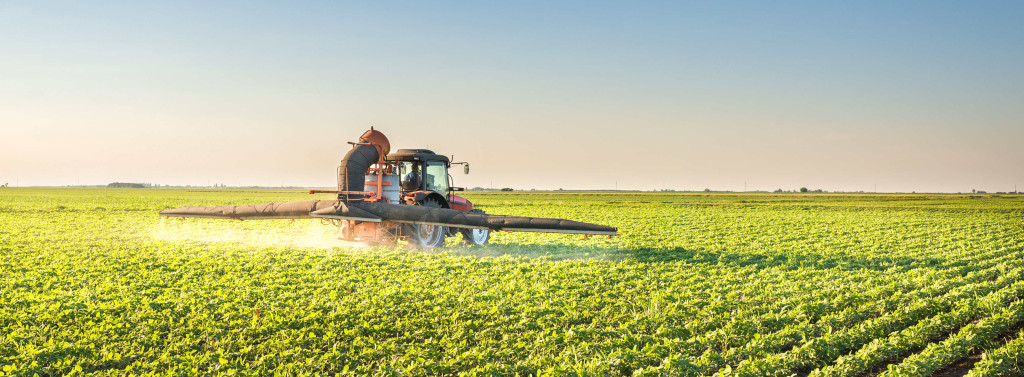 In today’s talking points: Technology to fight food fraud in China; World’s 14 food supply choke points more vulnerable than you think; Australian products should adopt “brand Australia” when exporting to China; China’s wine consumption set to increase with aging millennials.
In today’s talking points: Technology to fight food fraud in China; World’s 14 food supply choke points more vulnerable than you think; Australian products should adopt “brand Australia” when exporting to China; China’s wine consumption set to increase with aging millennials.
Technology to fight food fraud in China
China’s food industry is not without scandals. To mitigate food-fraud risk, some of the biggest food companies are backing a technology called blockchain, which is essentially a shared, cryptographically secure ledger of transactions. Wal-Mart Stores used this technology to track pork in China, and later expended the scope to other products. Alibaba believes the technology can potentially provide greater product integrity across its platforms. Whilst the technology is not bullet proof, and can be tainted if one or more unreliable data provider is involved, it is still “light years” away from the system currently used by the global food industry, which is heavily reliant on paper records.
Read more at: Independent
World’s 14 food supply choke points more vulnerable than you think
The drop in percentage of the world’s population lacking food supply, from 52 per cent in 1965 to 3 per cent in 2005, has not come about through improved food production domestically, but through increased trade – nearly 1 billion people worldwide now rely on international trade to meet their food needs. This has created crucial “choke points” across the world – a total of 14 in all – where, if anything goes wrong, millions will go hungry and even starve. However, the most alarming message is not that these 14 choke points exist, but that the danger of something going wrong is extremely high, and is rising on an annual basis.
Read more at: South China Morning Post
Australian products should adopt “brand Australia” when exporting to China
Australian products must move away from the company and state based marketing strategies into a unified ‘brand Australia’ when exporting agriculture products into China, say industry insiders including WA businessman Andrew Forrest. The name ‘Australia’ is highly regarded in China with Australian products enjoying a reputation as being clean, safe, and of good quality. However, it is difficult to easily identify Australian products, with shoppers hard-pressed to find products such as citrus or dairy products clearly marked with an Australian logo. “I think the main reason South Australian exports make a relatively good impact here is because they’re fortunate to have the word ‘Australia’ on the label”, said Shanghai-based Craig Bowyer. “There’s a lot of interest in Australian food products, but the Chinese don’t care what State the stuff comes from.”
Read more at: Farm Weekly
China’s wine consumption set to increase with aging millennials
According to a new report from Goldman Sachs and Gao Hua Securities, China’s wine consumption pattern is set to follow those seen in western nations, with the market set to expand as the millennial population grows older. Although wine industry profits are expected to grow slower than those of beer or spirits, consumption volumes are expected to grow faster, increasing 72% between 2016 and 2025. The report also expects that imported wine will continue to be a key element of Chinese wine consumption, with the perception of higher quality, stronger branding, and reduced tariffs driving the market share from 40 percent in 2016 to 63 percent in 2025.
Read more at: South China Morning Post

